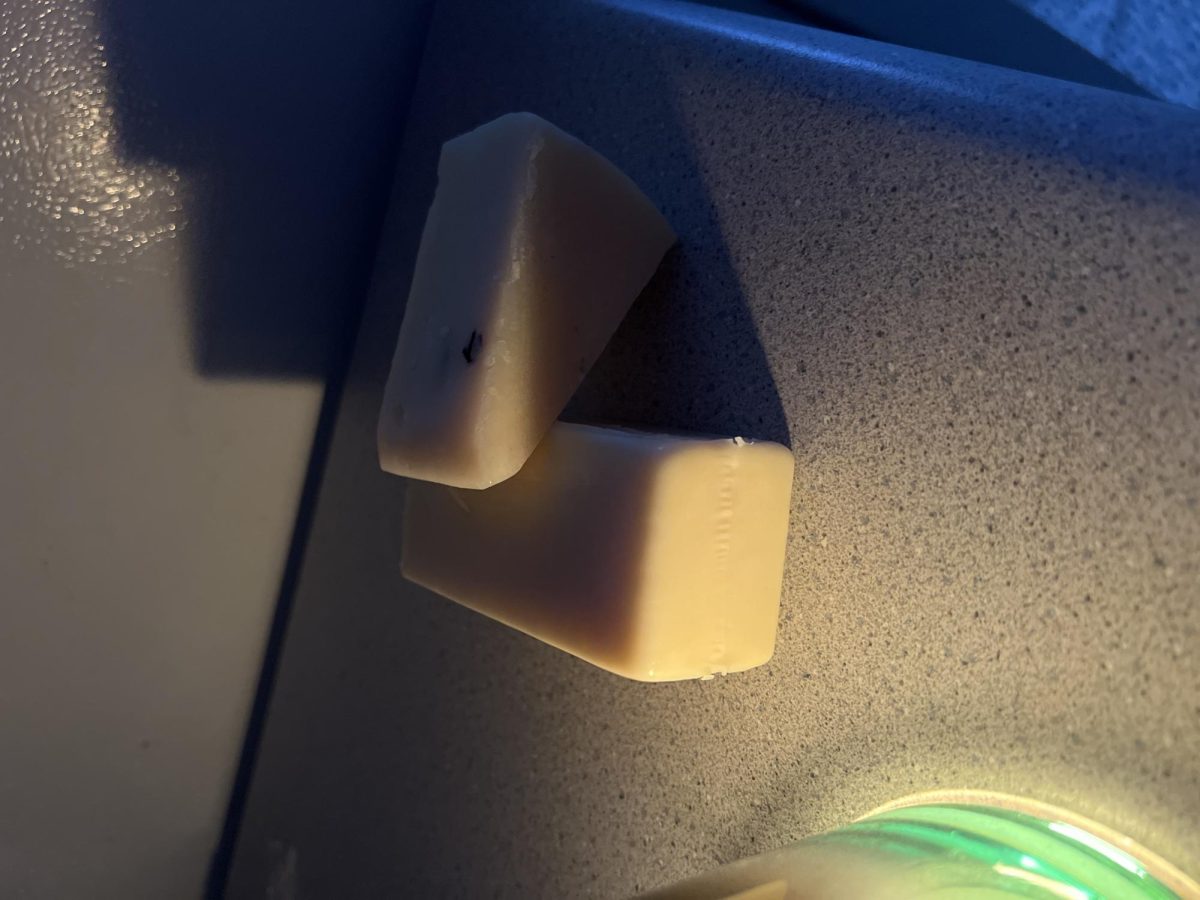The popular rideshare company Lyft launched a brand-new feature in September called “Women+ Connect.” The new feature offers the option for female and nonbinary riders to request a female or nonbinary driver when they are taking a Lyft. The feature was initially launched in five early-access cities and later expanded to 50 more across the country on Nov. 1.
One of the reasons for this feature is a call for the safety of women and nonbinary people – both the drivers and riders. Lyft is executing this project with the help of the national organization It’s On Us. It’s On Us is an organization that is dedicated to raising awareness and executing efforts to combat sexual assault and harassment. The organization is partnering with Lyft so women and nonbinary people can get to and from their destinations, especially at night, with a reduced risk of danger. Lyft partnered with Its On Us on this project to also gain awareness surrounding safety education about rideshare, especially in regards to college students.
From what I gathered while living in a city like Austin, rideshare companies, such as Lyft, are commonly used when groups are finding a way home from a night out. In my opinion, for women and nonbinary people, it is important for us to be paired with a driver that relates with those experiences and can provide a more comfortable interaction.
Lyft also launched the feature to help encourage more women and nonbinary people to become drivers for their company. The company stated that only 23% of their total drivers identify as women or nonbinary people, and they hope that the feature will increase the likelihood of the diversity that they feel is needed within their community of Lyft drivers.
Honestly, I think that it is amazing and very relieving that Lyft has created this feature. Being a new college student in a big city, I have had my fair share of experiences with rideshare companies, like Lyft and Uber, to get from point A to point B. In most of my experiences, I have had a male driver, and although my experiences weren’t bad, there definitely was a disconnect, and the silence and lack of communication made the experience less than enjoyable.
The one time that I had a female driver, however, the experience was very different. My driver was very welcoming and we had a great conversation my whole way home, from her complimenting my outfit to us discussing our shared music taste. I feel like each of us had a more positive, interactive experience during the ride.
I hope that more rideshare companies follow in the progressive footsteps that Lyft is taking, because it creates a more diverse and safe environment for everyone involved.





















